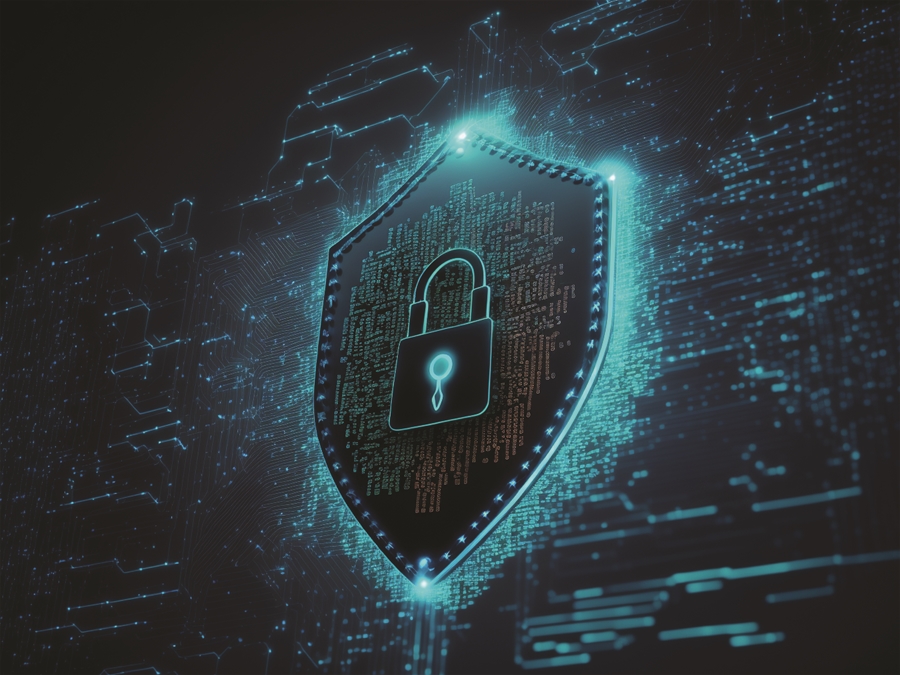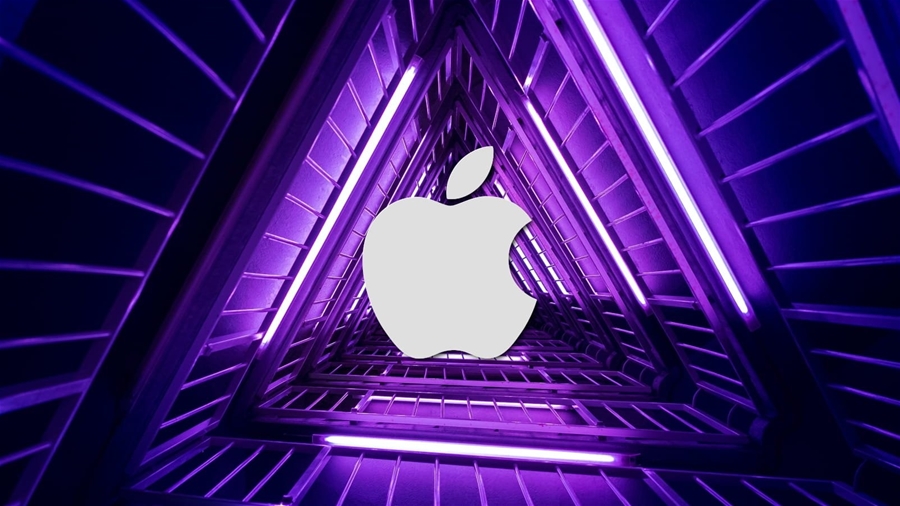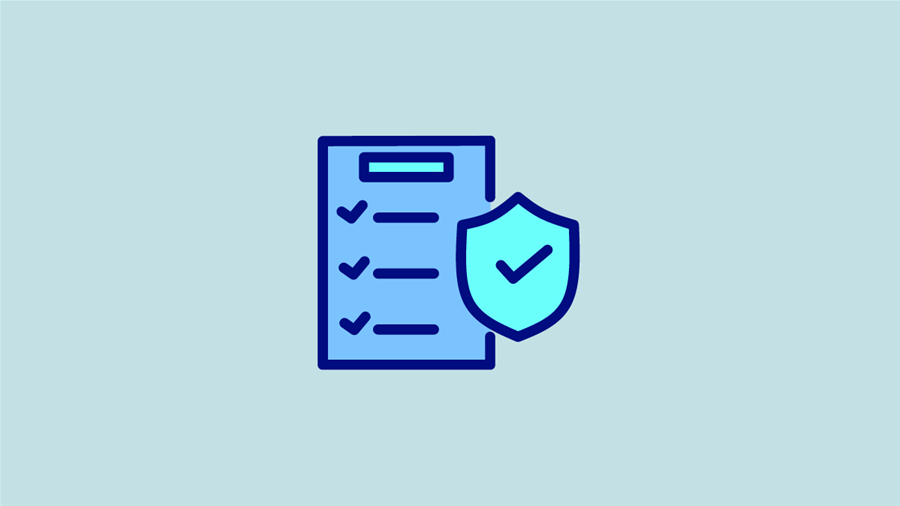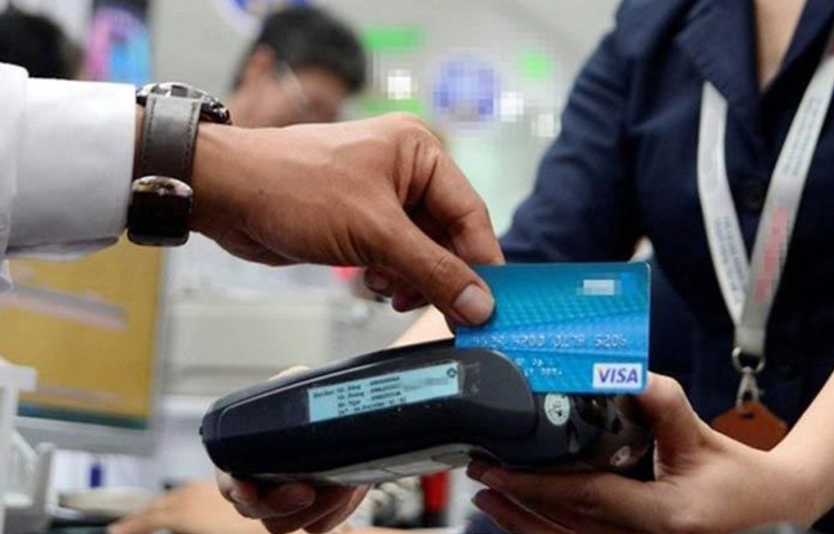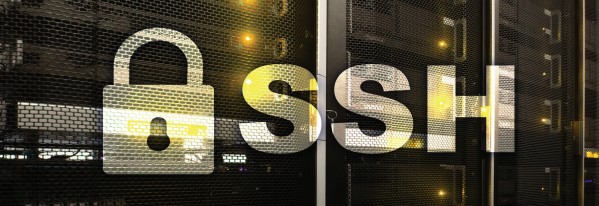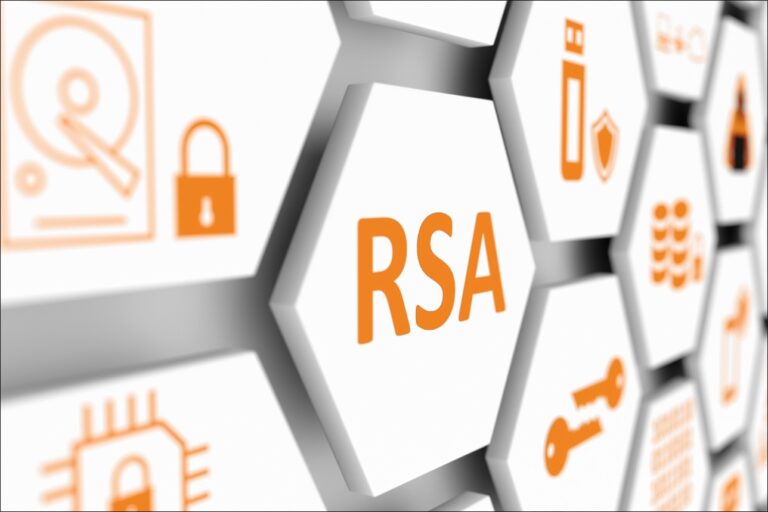Mã hóa dữ liệu AES đường truyền kết nối ZigBee và IoT trong giám sát nước thải công nghiệp
Trong một số ứng dụng giám sát mang tính đặc thù của mạng IoT, bảo mật dữ liệu đường truyền vô tuyến có ý nghĩa đặc biệt quan trọng. Chúng hạn chế được sự mất mát thông tin do can thiệp vào kênh vật lý bởi bên thứ ba. Chúng tôi lần lượt trình bày cơ bản về một hệ thống IoT sử dụng công nghệ truyền dẫn ZigBee cho mục tiêu giám sát thông số môi trường nước thải công nghiệp. Mẫu sản phẩm phần cứng và phần mềm đã được thực hiện và thử nghiệm dựa trên ba thông số cơ bản của nước là độ pH, độ đục và nhiệt độ. Dữ liệu môi trường sẽ được mã hóa tại các thiết bị đầu cuối IoT trước khi truyền về trung tâm. Các kết quả thử nghiệm bước đầu đánh giá được sự thay đổi theo thời gian các thông số môi trường nước thải công nghiệp, dữ liệu này cũng được so sánh với dữ liệu thu thập được từ mẫu nước sinh hoạt trong cùng điều kiện thí nghiệm.
Abstract - This paper presents environmental data encryption technique using the advanced AES (Advanced Encryption Standard) in the Internet of Things (IoT) combines ZigBee short-range radio transmission links to monitor industrial wastewater in real-time. In a number of IoT-specific surveillance applications, the data encryption of radio transmission link is particularly important. It limits the hacked information due to interference with physical channels by third parties. Particularly, we present an IoT system using ZigBee transmission technology for the purpose of monitoring industrial wastewater environment parameters. Prototypes of hardware and software versions were implemented and tested based on three basic parameters of water: pH, turbidity and temperature. Environmental data will be encrypted at the end IoT device before transmitting to the data cloud center. The initial test results assess the change over time of industrial wastewater environment parameters, these data are also compared with that collected from pure water samples under the same experimental conditions.
|
TÀI LIỆU THAM KHẢO [1]. Gubby, J.; Buyya, R.; Marusic, S.; Palaniswami, M. “Internet of Things (IoT): A Vision, Architectural Elements, and Future Directions,” Technical Report, The University of Melbourne, Australia, 29 June 2012. [2]. Milman, R.; “Bluetooth and Zigbee to Dominate Wireless IoT Connectivity,” Internet of Business. [3]. Nurse, J.R.C.; Creese, S.; Roure, D.D. “Security Risk Assessment in Internet of Things Systems,” IT Prof. 2017, 19, 20–26. [4]. Khan, R.; Khan, S.U.; Zaheer, R.; Khan, S. “Future Internet: The Internet of Things Architecture, Possible Applications and Key Challenges,” In Proc. of the 10th Int. Conf. on Frontiers of Information Tech., 17–19 Dec. 2012; pp. 257–260. [5]. Al-Fuqaha, A.; Guizani, M.; Aledhari, M.; Ayyash, M. “Internet of Things: A Survey on Enabling Technologies, Protocols, and Applications,” IEEE Commun. Surv. Tutor. 2015, 17, 2347–2376. [6]. Ali, B.; Awad, D.A.I. “Cyber and Physical Security Vulnerability Assessment for IoT-Based Smart Homes,” Sensors 2018, 18, 817. [7]. Betzler, A.; Gomez, C.; Demirkol, I.; Paradells, J. “A Holistic Approach to Zigbee Performance Enhancement for Home Automation Networks,” Sensors 2014, 14, 14932–14970. [8]. Radmand, P.; Domingo, M.; Singh, J.; Arnedo, J.; Talevski, A.; Petersen, S.; Carlsen, S. “Zigbee/Zigbee PRO security assessment based on compromised cryptographic keys,” In Proc. of the Inter. Conf. on P2P, Parallel, Grid, Cloud and Internet Computing, Poland, 4–6 Nov. 2010. [9]. Olawumi, O.; et. al. “Three Practical Attacks Against Zigbee Security: Attack Scenario Definitions, Practical Experiments, Countermeasures, and Lessons Learned,” In Proc. of the HIS2014, 14–16 Dec. 2014. [10]. Kocher, I.S.; Chow, C.-O.; Ishii, H.; Zia, T.A. “Threat Models and Security Issues in Wireless Sensor Networks,” Int. J. Comput. Theory Eng. 2013, 5, 5. [11]. Brodsy, J.; McConnell, A. “Jamming and Interference Induced Denial-of-Service Attacks on IEEE 802.15.4-Based Wireless Networks,” In Proc. of the Digital Bond’s SCADA Security Scientific Symposium, Miami, 21–22 Jan. 2009. [12]. CISCO. Securing the Internet of Things: A Proposed Framework. [13]. Pasquier, I.B.; Kalam, A.A.E.; Ouahman, A.A.; Montfort, M.D. “A Security Framework for Internet of Things,” Springer International Publishing, 2015. [14]. Wu, T.; Zhao, G. “A Novel Risk Assessment Model for Privacy Security in Internet of Things,” Wuhan Univ. J. Nat. Sci. 2014, 19, 398–404. [15]. Wireless Medium Access Control (MAC) and Physical Layer (PHY) Specifications. 2006. [16]. Durech, J.; Franekova, M. “Security attacks to Zigbee technology and their practical realization,” In Proc. of the IEEE SAMI 2014, 23–25 January 2014. [17]. Vidgren, N.; et. al. “Security Threats in Zigbee-Enabled Systems: Vulnerability Evaluation, Practical Experiments, Countermeasures, and Lessons Learned,” In Proc. of the 46th Hawaii Inter. Conf. on Sys. Sciences, January 2013. [18]. “ZigBee technology: Current status and future scope,” 2015 Inter. Conf. on Computer and Computational Sciences (ICCCS), 27-29 Jan. 2015. |
Thông tin trích dẫn: PGS.TS. Nguyễn Hữu Trung, PGS.TS. Hà Duyên Trung, ThS. Nguyễn Thanh Bình, “Mã hóa dữ liệu AES đường truyền kết nối ZigBee và IoT trong giám sát nước thải công nghiệp”, Nghiên cứu khoa học và công nghệ trong lĩnh vực An toàn thông tin, Tạp chí An toàn thông tin, Vol. 09, pp. 49-56, No. 01, 2019.
PGS, TS. Nguyễn Hữu Trung, PGS,TS. Hà Duyên Trung, ThS. Nguyễn Thanh Bình


